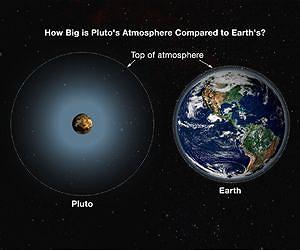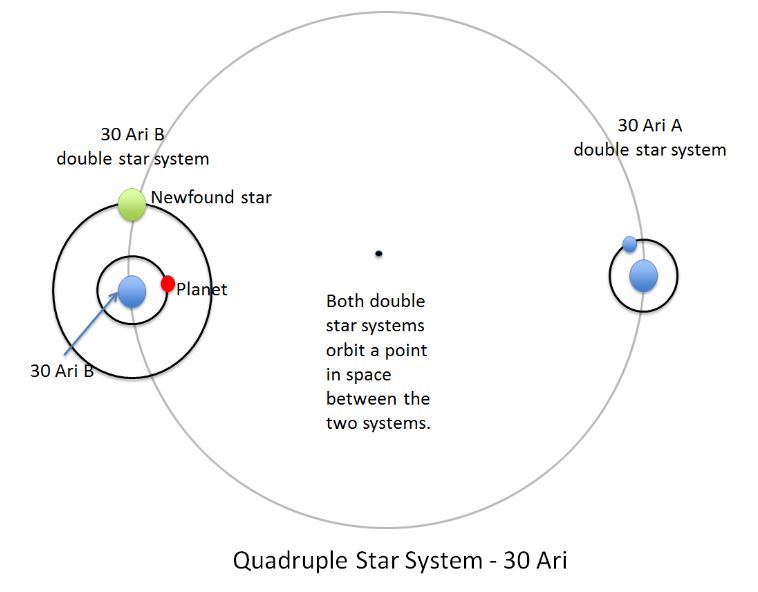ScienceRocks
Democrat all the way!
- Thread starter
- Banned
- #541
NASA releases new Ceres images prior to Friday encounter
By David Szondy
March 3, 2015
5 Pictures

By David Szondy
March 3, 2015
5 Pictures

As NASA’s Dawn spacecraft makes its final approach to Ceres, the ion-propelled spacecraft is sending the best images yet with more details about the surface of the dwarf planet. The images from Dawn have shown the presence of numerous craters and unusual bright spots that scientist hope will provide clues as to not only how Ceres formed and if it is still active, but the early history of the Solar System as well.









